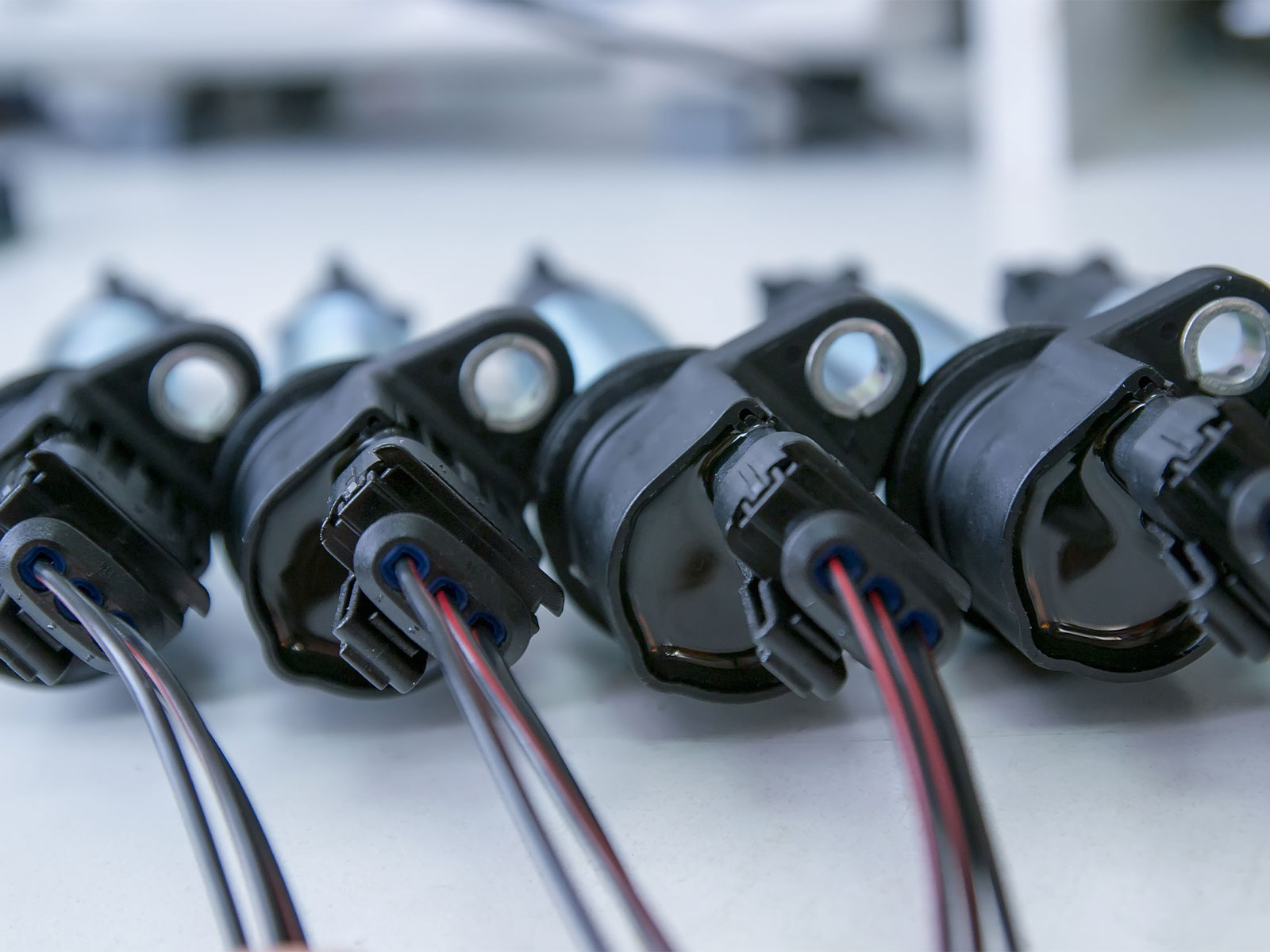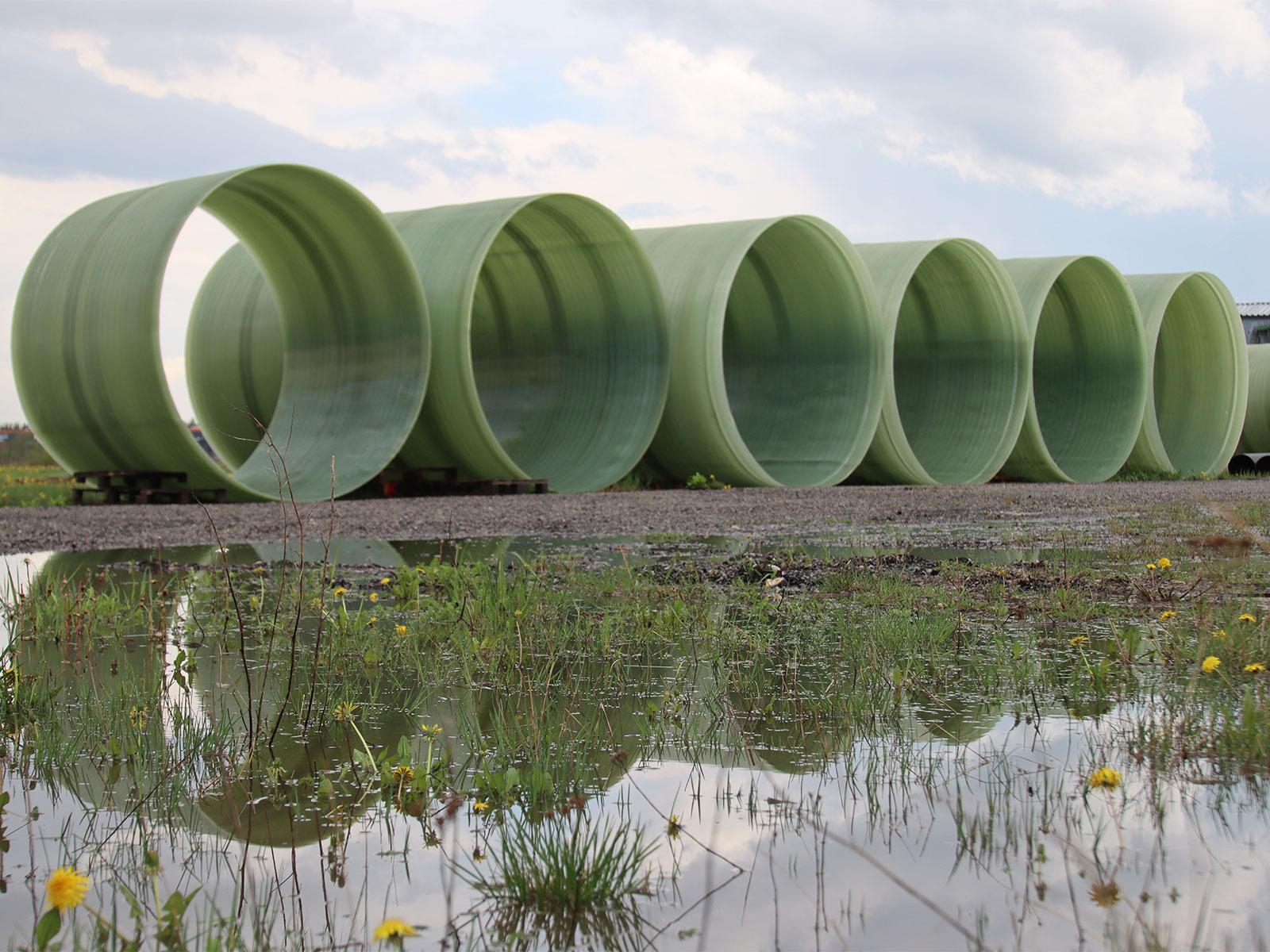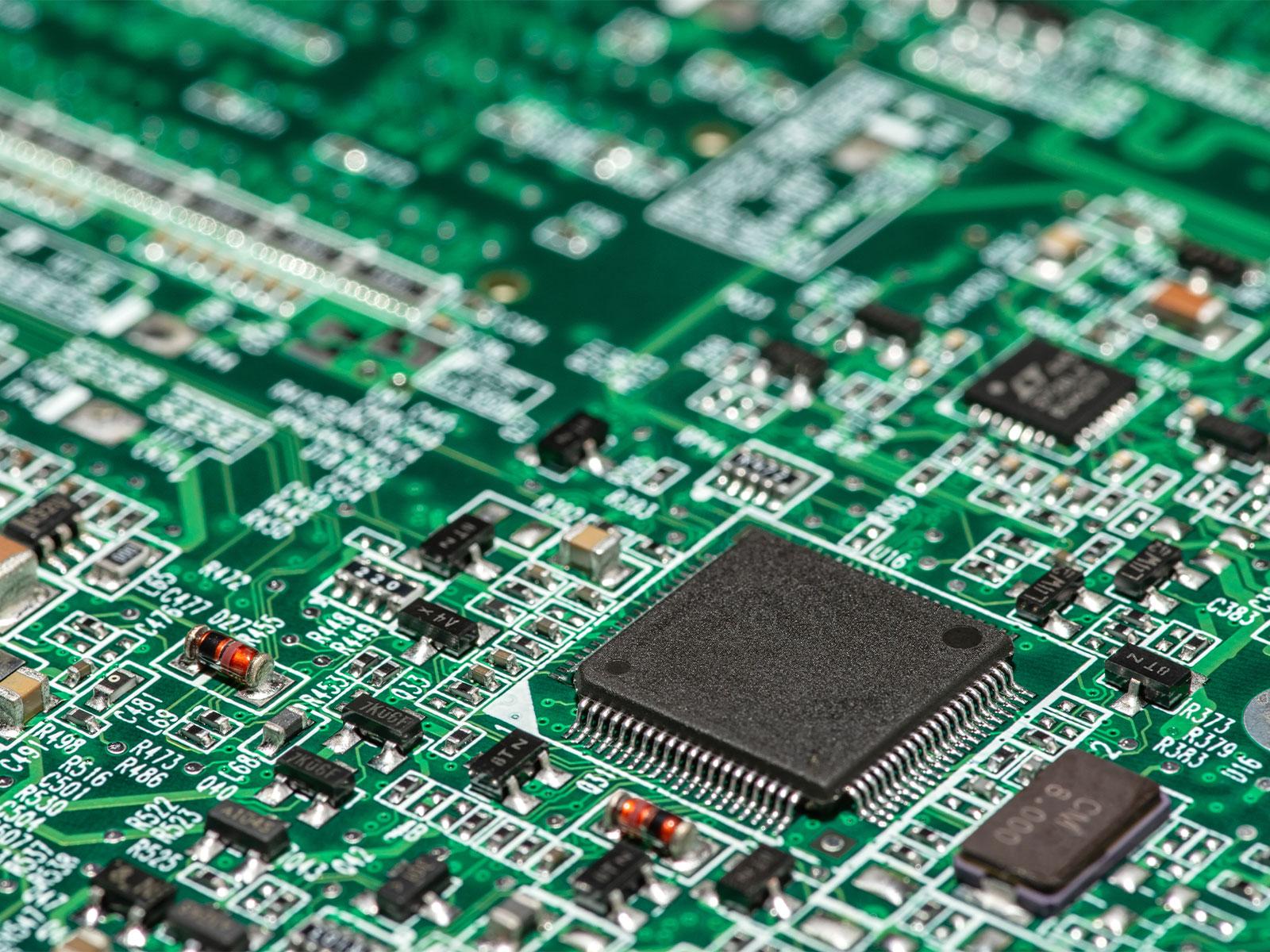Achieving Optimal Flow and Cure with Potting Compounds
Potting and encapsulation compounds protect crucial electrical components from various environmental conditions like temperature, vibration, and corrosion. As an expert in anhydrides used in potting compounds, Broadview understands the importance of getting the most out of these insulating materials.
The Best Methods for Optimal Electrical Potting
When potting and encapsulating tightly packed and wound electrical coils, the user first must evacuate all of the air from the enclosure. Then, while the coils are under full vacuum, the user injects a low-viscosity resin system into the enclosure, being careful not to over or under-fill the case. While this sounds simple, the process itself can be very difficult and requires both an excellent potting compound and plenty of experience. Broadview’s anhydrides are developed specifically for two different types of potting compounds.
Meter Out of Vacuum (MOOV)
The MOOV method involves precisely spacing out the different parts in a vacuum oven. Then, the operator positions a syringe-like device containing the resin anhydride blend over each part. The resin consists of an epoxy, an anhydride and a catalyst with good latency. For instance, Broadview’s MTHPA-NT or MTHPA-C, combined with our AC-8 or BV-7 accelerators are perfect for a standard Bis A epoxy.
Once the oven reaches the desired vacuum and temperature required for encapsulation, the operator depresses all of the plungers at once, filling each cavity with a precisely measured amount of resin. As soon as the parts are filled, they can then release the vacuum, allowing natural air pressure to squeeze the resin into all of the tiny nooks that hadn’t been filled. Finally, the parts can be moved from a vacuum oven to an atmospheric oven to finish curing, freeing up the vacuum oven for the next batch.
Melt Flow Method
The Melt flow method of encapsulation requires a vacuum oven but not the plunger system of MOOV. Instead, this method consists of tubes with a small opening with a removable cap being filled with a solid epoxy, liquid anhydride, and catalyst, or a liquid epoxy and solid anhydride such as Broadview’s PSPA. One benefit of the melt flow method of encapsulation is the tubes themselves–they can be pre-filled, capped, and stored weeks before use.
When the time for encapsulation does come, the user removes the caps and places the tubes over the parts placed in the vacuum oven. Then, the desired vacuum and temperature conditions are reached, allowing the resin to melt and fill in the parts. From here, the process is largely the same as above–the vacuum is released so that air pressure forces the resin into any further little gaps in the parts. Then, the user moves the parts to an atmospheric oven to finish curing, freeing up the vacuum oven for another batch.
The melt-flow method has other advantages as well. It does not require the sophisticated–and often expensive–plunger deployment system, offering one less source for potential vacuum leaks. It also offers no possibility of spillage due to that same system, longer resin storage times, and faster batch-to-batch cycle times.
About Broadview Technologies
Broadview Technologies has the products and experience to help formulators and OEMs develop reliable, high-performance potting and encapsulation systems to meet their performance requirements. Don’t hesitate to contact us today to speak with a member of our team and discuss your particular needs.




